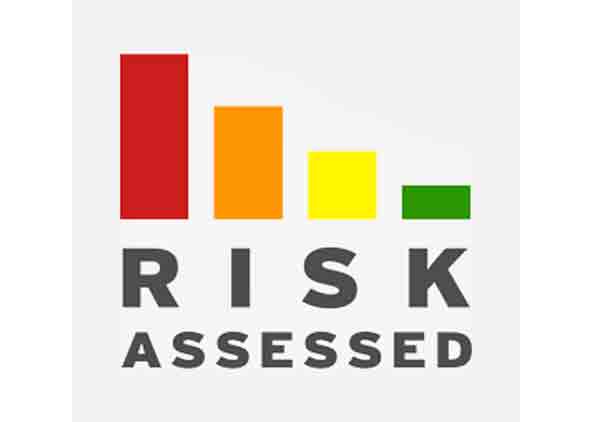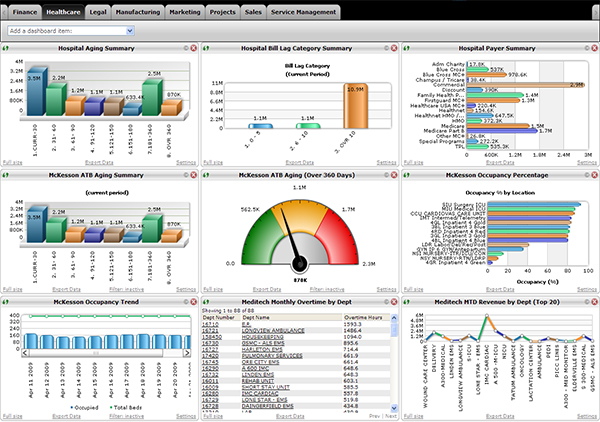
Spreadsheets are cheap, easy to manage and can accommodate many different types of data. Therefore, it’s no surprise that, according to an FEI Canada report, 71 percent of U.S. companies still rely on spreadsheets for budgeting and planning. For many small businesses, spreadsheets are a system of first choice when just starting out.
However, something happens when your business matures and becomes more successful. As an organization grows, so much data is generated that it makes manipulating figures and creating accurate financial statements a time-consuming and error-prone task when using spreadsheets.
The biggest problem with spreadsheets is often their isolation from the rest of the enterprise, making collaboration fraught with challenges. Data cannot be automatically or even easily incorporated in the system. Even when it is, it is nearly impossible to prevent multiple versions of the same data from distorting results.
Most organizations accept that spreadsheets are going the way of landlines, encyclopedias and floppy disk drives. However, after making this tough decision, businesses face a challenging prospect: how to get all that data from Excel and into their ERP software of choice. Modern-day ERP offers some powerful tools for seamless integration – and the resulting solution is well worth the time and effort.
Here are six tips for making your transfer from spreadsheets to ERP as easy and painless as possible.
Evaluate Your Current Data Processes
When businesses have used the same systems for years, they can fall into a pattern of habituation, where tasks and reports become automatic, filled out without much thought to their need and use. Only when an issue with an internal procedure/process arises does a system get reevaluated and updated.
The transition from a system of Excel spreadsheets to an ERP solution can be an ideal time to take another look at the processes your business has in place. Evaluate what information you currently gather, how that information is used and what additional information would be beneficial. The added capabilities provided by ERP systems can also provide you with a new lens through which to consider your current processes — and may unearth new procedures you wouldn’t have considered otherwise.
Determine if You Need All the Data
In addition to reviewing processes and procedures, take a closer look at historical data and consider how often it gets used – and what might no longer be needed. Determining a specific date and only transferring files from after this date can optimize the process and save a lot of time and energy. You can always go back and add additional data if needed.
Speaking with an expert who has experience in this area can be helpful, as they will already understand potential pitfalls and help you avoid them. Check with other business owners in your circle who may have already completed their own transitions, or ask the companies you are considering purchasing your system from for references.
Break Data up into Sections
Just like anything else in business, you need a plan to be successful when transitioning data over to a new finance system. Decide if it makes more sense to attempt a mass transition, or a slow and gradual process. Keep in mind that most companies benefit from a gradual process, but there are instances where a quicker transition might be the better option. An example of this would be if the data is used regularly and needs to be accessible in its entirety, even during the transition.
Make a list of the milestones you need to achieve. Include steps like picking out the right product, testing the system and training end users. This list will ease some of the stress associated with the migration.
Choose ERP Product Based on Your Specific Needs
Before choosing an ERP solution, you need to understand all of your options, both customized and out-of-the-box solutions. First, however, you should understand which kind of systems your organization needs. Once you have this information, it will be easier to compare software programs and choose the right solution.
For example, a company that outsources its marketing functions may have little use for an ERP that prioritizes marketing. However, that same company may thrive on the increased knowledge it has from automated financial reports that highlight just where improvement is needed and which areas of the business are performing best.
It sounds like a no-brainer, but when making a decision, pick a finance system that meets your exact needs. Try not to make any assumptions at this stage in the process, as the answer to a quick question can often change the direction that your company chooses to go in. It is important to uncover what exactly each vendor offers and how it could benefit your company’s operations. There are many systems out there capable of managing your finance system, but powerful capabilities are only beneficial if they can be directly applied to your business.
Prepare Your Team
Most likely, you aren’t transitioning to a new financial system alone. Consider how you want to prepare your team to help in the transition. You have two types of people to prepare as part of your transition: team members who will help you migrate your information, and end users of the software programs selected. Get feedback from both of these groups on what they need out of the new system early in the process so they remain more invested over the long run.
Regardless of how you choose to transition the data over, allow extra time in your plans. Something unexpected may come up and you don’t want to be caught off guard. By anticipating that the project may take a little extra time and preparing your team for this, you may be pleasantly surprised with an earlier-than-planned finish.








